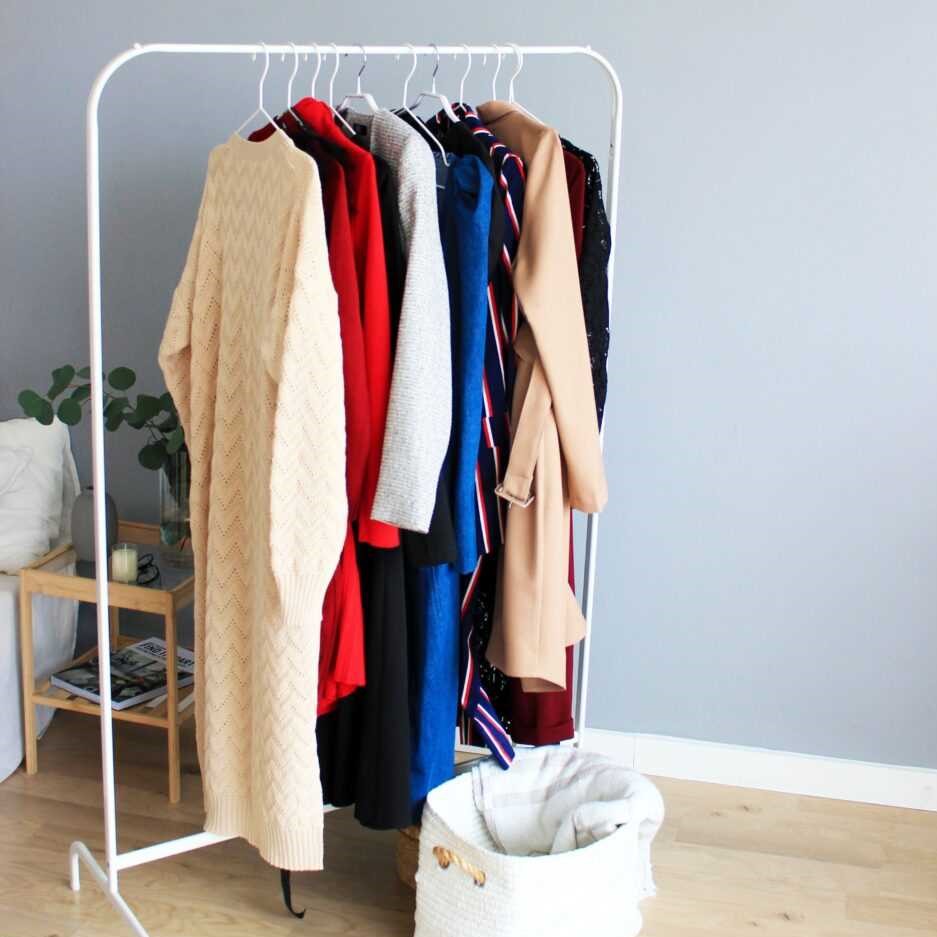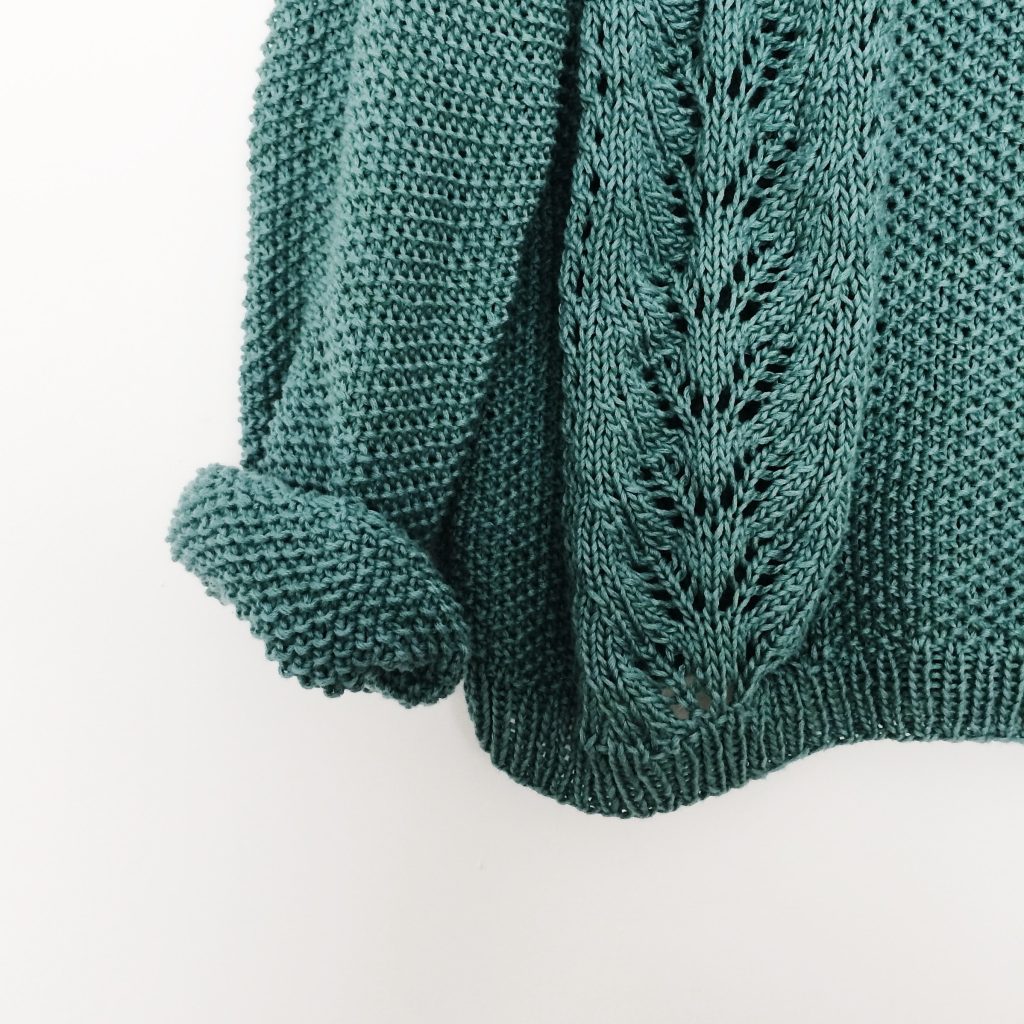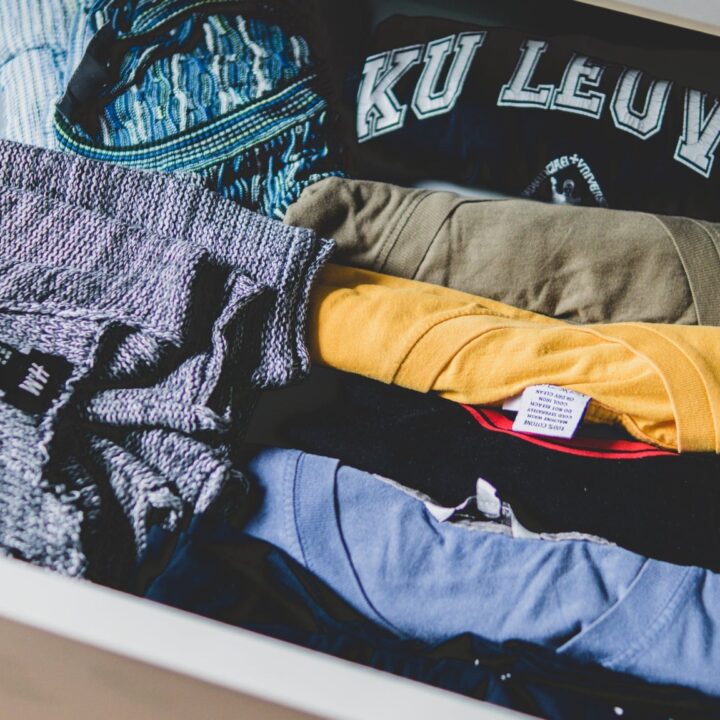Mastering the Art of How to Shrink Clothes in the Dryer
Have you ever accidentally bought clothes that are too large or simply want to refresh the fit of your favorite garments? Understanding how to shrink clothes in the dryer can be a game-changer for your wardrobe. Whether you’re dealing with a loose shirt that needs tightening or seeking to restore the original fit of an item, this guide will walk you through the effective methods to achieve the perfect fit using your dryer.
Understanding Fabric Behavior in the Dryer
Before diving into the techniques, it’s essential to comprehend how different fabrics react when exposed to heat and moisture in the dryer. Knowledge of fabric properties will help you determine the best approach to shrinking your clothes without causing damage.
The Science Behind Shrinking Clothes
Clothes shrink due to the natural fibers contracting when exposed to heat and moisture. The dryer accelerates this process by circulating hot air, which causes the fibers to tighten. However, not all fabrics respond the same way:
- Cotton: Highly susceptible to shrinkage, especially when exposed to high heat.
- Wool: Can shrink significantly if not handled carefully, often resulting in felting.
- Synthetic Fibers (Polyester, Nylon): Less likely to shrink but can lose shape when exposed to high temperatures.
- Blends: The shrinkage behavior depends on the dominant fiber in the blend.
Understanding these behaviors ensures you approach each garment with the right technique to achieve the desired fit.
Preparing Your Clothes for Shrinking
Proper preparation is crucial to ensure that your clothes shrink evenly and retain their quality. Skipping these steps can result in uneven shrinking or damage to the fabric.
Inspecting the Garment
Start by examining the clothing item to identify its fabric composition. Check the care label for specific instructions related to washing and drying. Items with mixed fabrics may require different treatment compared to those made from a single type of fiber.
Washing Before Shrinking
Before placing clothes in the dryer, wash them using hot water. Washing removes any chemicals or residues and preps the fabric for shrinking. Ensure you follow the care instructions to avoid color fading or fabric damage.
Drying Settings
Select the appropriate drying settings based on the fabric type. High heat is generally more effective for shrinking, but it’s essential to balance temperature to prevent excessive damage. Use the longest drying cycle available to maximize the shrinkage effect.
Step-by-Step Guide: How to Shrink Clothes in the Dryer
Now that you’re prepared, let’s delve into the specific steps to effectively shrink your clothes using the dryer.
Step 1: Sort Your Clothes by Fabric Type
Grouping clothes by fabric type ensures uniform treatment. Separate cotton garments from synthetics and wool to apply the appropriate drying techniques without cross-effects.
Step 2: Pre-Wash for Maximum Effect
For items that can withstand high temperatures, consider washing them in the hottest water setting. This pre-washing step helps initiate the shrinking process, making the subsequent drying more effective.
Example:
If you’re looking to shrink a cotton t-shirt, wash it in hot water and then proceed to dry it on high heat. This combination maximizes shrinkage while maintaining fabric integrity.
Step 3: Configure the Dryer
Set your dryer to the highest suitable temperature for the fabric. Use the longest drying cycle to ensure thorough exposure to heat and moisture.
Tips:
- Cotton and Linen: High heat is ideal for significant shrinkage.
- Wool and Delicates: Use a lower heat setting to prevent over-shrinking or damage.
Step 4: Monitor the Shrinking Process
Periodically check the clothes during the drying cycle to assess the shrinkage progress. This step allows you to stop the dryer early if the desired fit is achieved, preventing over-shrinking.
Step 5: Repeat if Necessary
If the first drying cycle doesn’t achieve the desired size, repeat the process. However, exercise caution to avoid excessive shrinkage, which can render the garment too tight or distort its shape.
Step 6: Cool Down and Shape
After drying, let the clothes cool down naturally. Gently reshape them to ensure they maintain a smooth fit. Avoid hanging or folding them while still warm to prevent unwanted stretching.
Advanced Techniques for Specific Fabrics
Different fabrics may require specialized methods to achieve optimal shrinking results without compromising their quality.
Shrinking Cotton Clothes Effectively
Cotton is the most responsive fabric when it comes to shrinking. To achieve the best results:
- Use Boiling Water Wash: For maximum shrinkage, consider washing cotton clothes in boiling water before drying.
- Multiple Drying Cycles: Repeat the drying process in high heat until you reach the desired size.
- Combination with Ironing: Post-shrinking, ironing can help set the new dimensions of the garment.
Handling Wool Garments Carefully
Wool can be tricky to shrink due to its tendency to felt and lose shape. To shrink wool items without damaging them:
- Use Lower Heat: Set the dryer to a medium or low heat setting to minimize the risk of felting.
- Shorter Drying Cycles: Employ shorter drying times and check frequently to prevent over-shrinking.
- Stretching Prevention: Lay wool garments flat to dry instead of tumbling to maintain their shape.
Dealing with Synthetic Fibers
Synthetic fabrics like polyester and nylon are less prone to shrinking but can be adjusted for a better fit:
- Low to Medium Heat: Use moderate heat settings to avoid melting or warping the fibers.
- Minimal Drying Time: Short drying cycles can help slightly tighten the fabric without causing damage.
- Blend Considerations: For blended fabrics, treat them according to the dominant fiber to achieve balanced shrinkage.
Troubleshooting Common Issues
Even with careful preparation, you might encounter challenges while shrinking clothes in the dryer. Here are some common problems and their solutions.
Uneven Shrinkage
Uneven shrinkage often occurs due to inconsistent drying or uneven fabric thickness.
Solution:
- Distribute Evenly: Ensure clothes are evenly spread in the dryer to allow uniform heat exposure.
- Shake Before Drying: Shake garments before placing them in the dryer to minimize folds and bunches.
- Use Dryer Balls: Adding dryer balls can help keep clothes separated and promote even drying.
Over-Shrinking
It’s possible to overshoot the desired size, making clothes too tight or unwearable.
Solution:
- Monitor Closely: Check the clothes intermittently during the drying cycle to catch the right moment.
- Gradual Shrinking: Shrink clothes incrementally by using shorter drying cycles to control the extent of shrinkage.
- Alternative Methods: If over-shrinking occurs, attempt to stretch the fabric gently while it’s still warm.
Fabric Damage
Excessive heat can weaken fibers, leading to wear and tear or fabric damage.
Solution:
- Use Appropriate Heat Settings: Always adhere to the recommended heat level for each fabric type.
- Limit Drying Cycles: Avoid prolonged exposure to high heat by limiting the number of drying cycles.
- Opt for Gentle Cycles: When in doubt, choose a gentler drying setting to preserve fabric integrity.
Preventing Future Shrinkage Issues
Once you’ve successfully shrunk your clothes, taking preventive measures can help maintain their fit and size over time.
Proper Washing Techniques
Adopt washing practices that minimize unnecessary shrinkage:
- Cold Water Wash: Use cold water for regular washes to prevent fibers from contracting prematurely.
- Gentle Cycles: Select gentle wash cycles to reduce fabric stress and potential shrinkage.
- Avoid Overloading: Don’t overload the washing machine, allowing clothes to move freely and retain their shape.
Mindful Drying Practices
Extend the life of your shrunken clothes by handling the drying process with care:
- Lower Heat Settings: Opt for lower heat settings to maintain the new size without causing additional shrinkage.
- Remove Promptly: Take clothes out of the dryer promptly to prevent over-drying and excess tightening.
- Air Dry When Possible: For delicate items, consider air drying to preserve their size and shape.
Storage Tips
Proper storage can help retain the fit and condition of your clothes:
- Fold Carefully: Fold clothes neatly to avoid stretching and distortion.
- Use Hangers Appropriately: Hang garments that are prone to stretching, like sweaters, using proper hangers to support their structure.
- Climate Control: Store clothes in a cool, dry place to prevent fabric degradation and size alterations.
Alternative Methods to Shrink Clothes Without a Dryer
While the dryer is a popular tool for shrinking clothes, there are alternative methods for those who prefer not to use it or need a more controlled approach.
Hand-Washing and Stretching
For delicate fabrics or precise sizing, hand-washing can be an effective alternative.
- Hot Water Soak: Submerge the garment in hot water and let it soak for 30 minutes.
- Manual Agitation: Gently agitate the fabric to promote fiber contraction.
- Controlled Drying: Lay the garment flat to dry, manually shaping it to the desired size as it dries.
Boiling Method
Boiling clothes can achieve significant shrinkage, especially for sturdy fabrics like cotton.
- Boil on the Stove: Place the garment in boiling water for 20-30 minutes.
- Immediate Cooling: Transfer the hot garment to cold water to stop the shrinking process once the desired size is reached.
- Drying: Allow the garment to air dry or use a low heat setting in the dryer to set the new size.
Using a Steamer
A steamer can help relax and reshape fibers, facilitating shrinkage without direct heat exposure.
- Steam Thoroughly: Pass the steamer over the entire garment to moisten and relax the fibers.
- Shape While Warm: Gently shape the garment to the desired size while it’s still warm from the steam.
- Drying: Let the garment air dry completely to retain the new shape.
Frequently Asked Questions About Shrinking Clothes in the Dryer
To further assist you, here are answers to some commonly asked questions regarding how to shrink clothes in the dryer.
Can All Clothes Be Shrunken in the Dryer?
Not all clothes are suitable for shrinking in the dryer. Natural fibers like cotton and wool are more responsive to heat and moisture, making them easier to shrink. Synthetic fabrics, such as polyester and nylon, are less likely to shrink and may be damaged by high heat. Always check the garment’s care label before attempting to shrink it.
How Many Times Can You Shrink a Garment in the Dryer?
The number of times you can shrink a garment in the dryer depends on the fabric’s durability. Typically, you can shrink a garment two to three times without causing significant damage. However, repeatedly exposing fabric to high heat can weaken fibers and reduce the garment’s lifespan. It’s best to achieve the desired size in as few cycles as possible.
What Are the Risks of Shrinking Clothes in the Dryer?
Shrinking clothes in the dryer carries some risks:
- Over-Shrinking: Making garments too small or altering their intended fit.
- Fabric Damage: Weakening fibers, causing pilling, or distorting the shape.
- Uneven Shrinkage: Resulting in mismatched sizes across different parts of the garment.
To mitigate these risks, carefully monitor the drying process and use appropriate settings for each fabric type.
Can You Shrink Clothes Without a Dryer?
Yes, you can shrink clothes without a dryer using alternative methods like boiling, steaming, or hand-washing with controlled drying. These methods offer more control over the shrinkage process and can be gentler on delicate fabrics.
How Do You Reverse Shrinking in the Dryer?
Reversing shrinkage can be challenging, but not impossible. Gently stretching the garment while it’s still warm and using fabric conditioners can help restore some of the lost size. However, results may vary, and it’s best to aim for controlled shrinkage initially.
 Final Thoughts
Final Thoughts
Mastering how to shrink clothes in the dryer empowers you to customize your wardrobe to fit your unique style and comfort preferences. By understanding fabric behaviors, following proper preparation and drying techniques, and taking preventive measures, you can effectively manage the fit of your clothes without sacrificing quality. Whether you’re a fashion enthusiast looking to perfect your look or simply seeking practical solutions for everyday clothing challenges, this comprehensive guide provides the knowledge and tools you need to achieve the perfect fit.
Remember, patience and careful monitoring are key to successful shrinkage. Start with small adjustments, and gradually work towards the desired size while ensuring the longevity of your garments. With these strategies, you’ll confidently navigate the art of shrinking clothes in the dryer, enhancing both your style and your wardrobe’s versatility.





